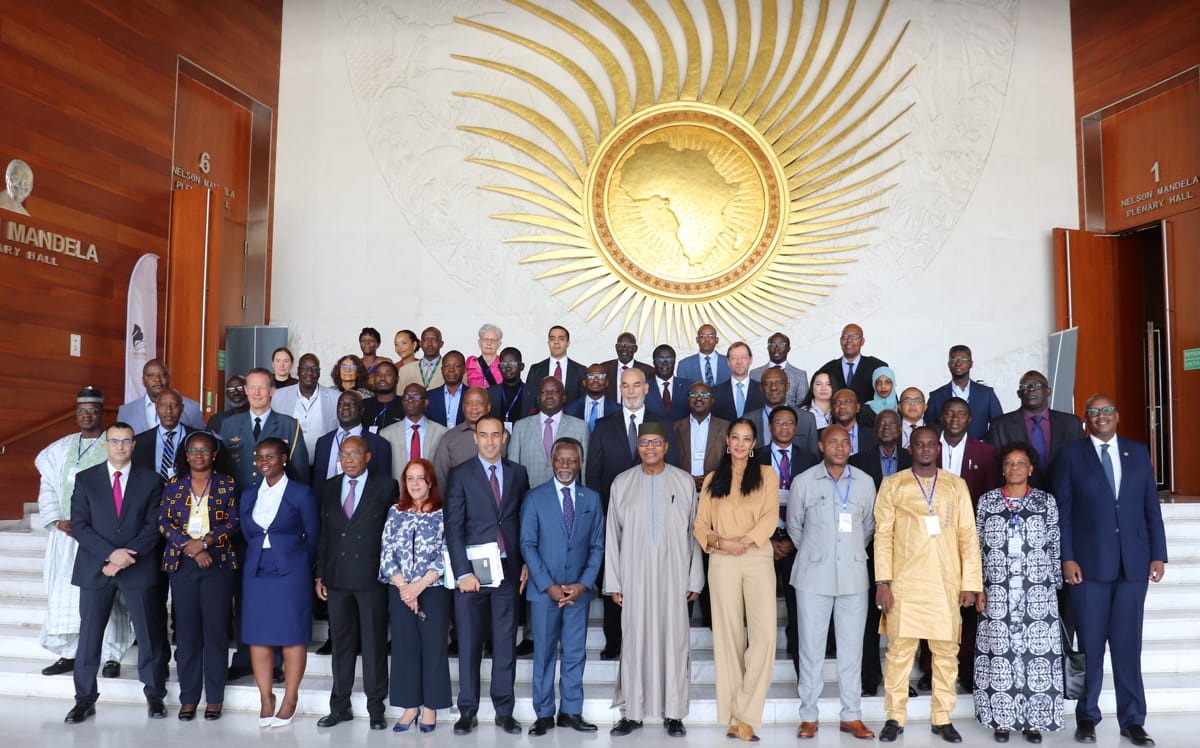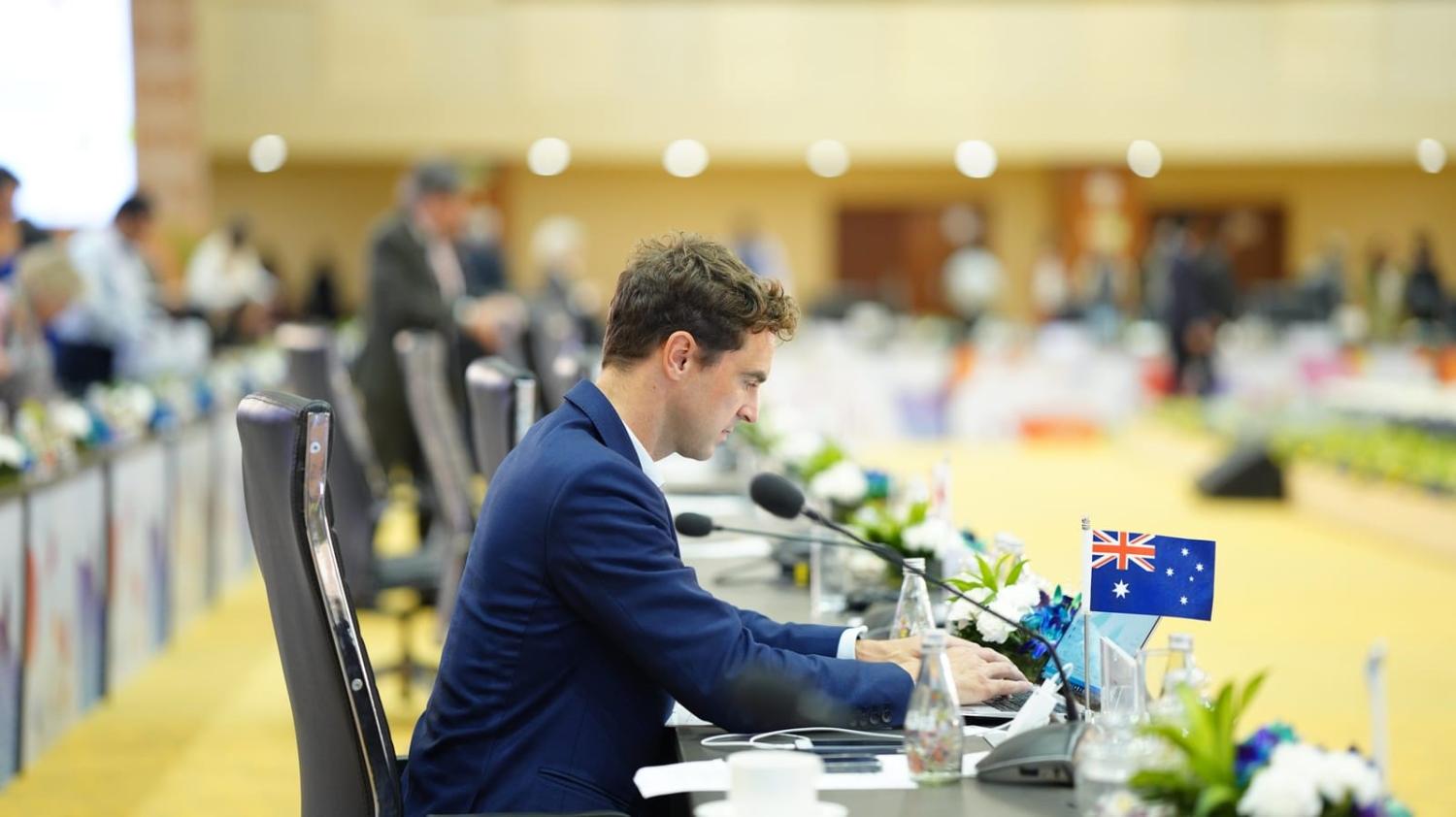One of the Lowy Institute’s flagship research projects is the Global Diplomacy Index – an interactive map that allows users to analyse the strengths and weaknesses of diplomatic networks. We examined 66 countries or territories and where they chose to locate embassies, high commissions or consulates as a way of revealing where they seek to project influence. The bricks and mortar of foreign policy, if you will. And, behind the main headlines of superpower competition and the impact of war on diplomatic networks, the most recent edition of the Global Diplomacy Index – the fifth, released today – offered other revealing findings.
Mexico’s northern exposure
It makes sense that nations are most likely to be best represented in their neighbouring countries. This doesn’t only include sending an ambassador to the capital next door but a series of secondary posts (i.e. consulates/consulates-general) to represent the country in other major centres – for example, Australia has an embassy in Jakarta but also consulates elsewhere in Indonesia, including Bali and in the cities of Makassar and Surabaya.
When compiling the GDI, it was surprising to discover how concentrated the diplomatic network of Mexico is in the United States. This includes 51 – yes, 51 – consulates and consulate-generals from Mexico within the United States. Mexico has 36 posts in the bordering states alone – highlighting both its large diaspora and the porous nature of its border.
Canada had the next-highest number of consulates within the United States, with 15, followed by Japan with 13, and South Korea with 12. Australia, for comparison, has nine, not including the UN mission in New York.
Of the 66 countries we examined, the United States hosts the largest number of foreign posts, reflecting not only its global power but also its attractiveness as an immigrant destination.
Brazil’s diplomatic dividend
Typically, nations will have the largest number of secondary posts in their neighbouring countries. However, because of large diaspora populations, countries will also have many posts in countries on the other side of the world. Brazil is a good example, which hosts ten posts from Portugal, eight from Japan, seven from Italy, and five from a handful of nations including Germany, Spain, the United Kingdom and the United States. While there is an obvious similarity among three of those countries, it really represents the 150-year history of immigration to Brazil.
Africa’s boon
Multilateral representation is an often overlooked aspect of a nation’s diplomatic network. Over the five editions of the Global Diplomacy Index, the largest to grow from the countries we examined was the African Union, headquartered in Ethiopia – from three missions in 2016, to 12 in 2023. This matches the rising importance of Africa, and the African Union’s central role in it, which saw it become the newest member of the G20 at last year’s summit.
It also reflects a wider trend of a large number of posts opening across the African continent – an increase of 34 since the past edition. This demonstrates a shift in power towards regions that were historically neglected.

Friends again
Changes in diplomatic recognition have also affected the scope of networks. This is most noticeable in the case of Taiwan, which has seen eight countries switch official recognition to China since 2017.
Another example can be seen through Colombia’s relationship with its neighbour, Venezuela. Its neighbour cut ties in early 2019, following Venezuela’s opposition using their shared border to transport supplies, resulting in the closure of all Colombia’s 15 posts in Venezuela. However, after the re-establishment of relations in mid-2022, Colombia has re-opened four posts, two-thirds of their openings since the 2021 edition of the Global Diplomacy Index.
Jaw jaw vs war war
As former conflict zones begin to stabilise, a visible redrawing of lines on the diplomatic front can also be seen. Two examples stand out – Syria and Libya.
After a prolonged period of isolation for Syria during its civil war, six nations have re-established embassies within the country since 2017. A notable case is Saudi Arabia, which opened an embassy last year after the two countries restored ties and Syria was welcomed back from suspension into the Arab League.
Libya, which remains divided between two governments, has also had five nations re-establish embassies in Tripoli since 2021 – and with at least one more set to open this year. This is in addition to three new consulates in Benghazi (two since 2021). The moves highlight that nations are eager to re-engage.
These data points are drawn from the 66 countries or territories that the Lowy Institute tracks for the Global Diplomacy Index. For more on the Index and its key findings, visit globaldiplomacyindex.lowyinstitute.org.
